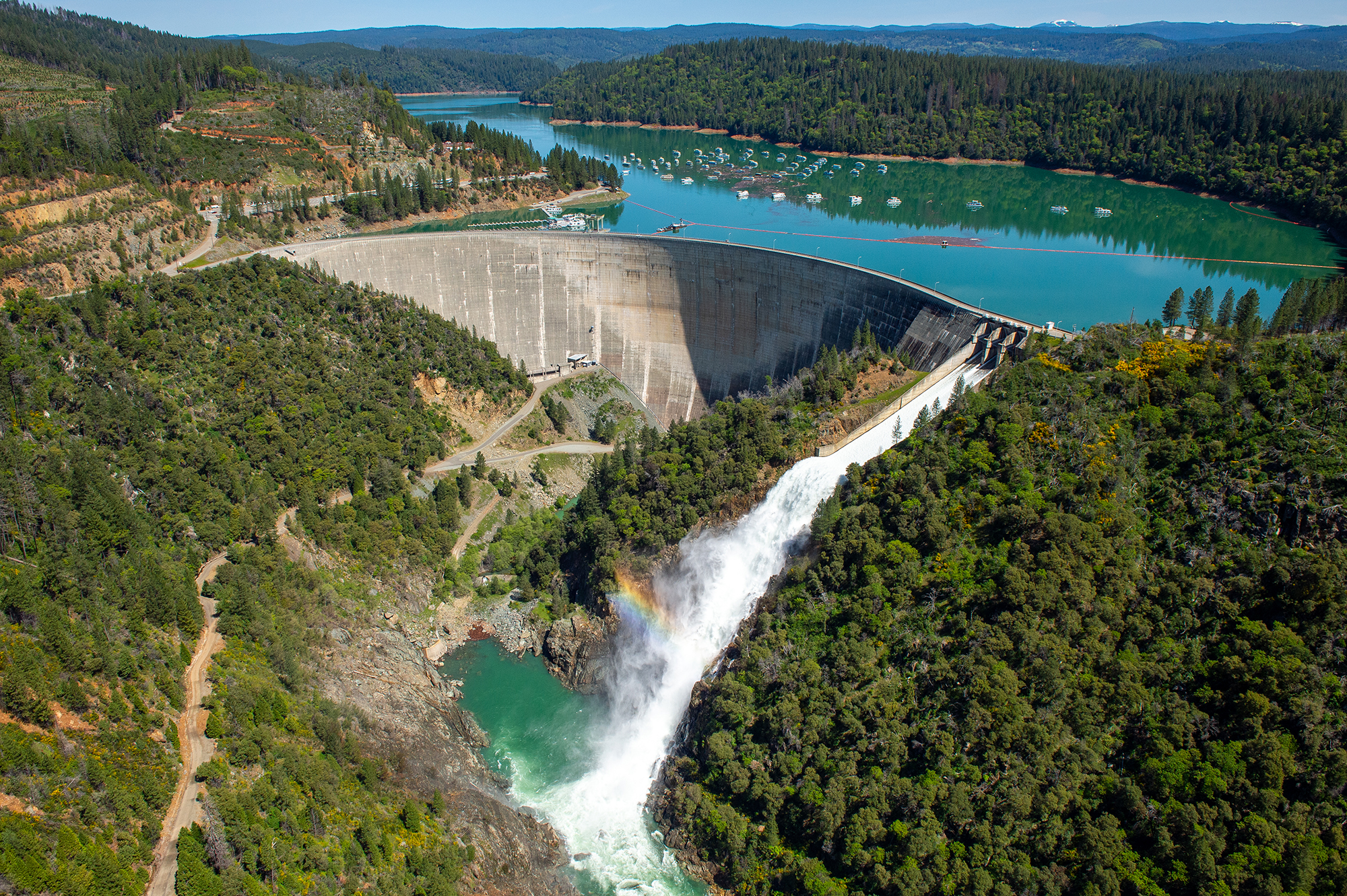In the sweeping and rapid changes of climate change, flood and drought risk, historically managed separately, need to be tackled holistically. Managers must balance the need to keep empty space in reservoirs for flood control; with capturing as much moisture as possible to recharge groundwater basins, store water for future use and maintain water quality. The data needed to plan and balance these competing priorities is collected by multiple government and non government organizations and remains fragmented across different platforms with different standards and functional uses.
Data connector organizations (also called boundary organizations or data intermediaries) are independent, trusted brokers, working with multiple agencies and sectors, to prioritize data interests, exchange ideas and make decisions to unlock this critical data. They can serve many useful roles. A core role is spearheading inclusive processes to develop harmonized data formats and data sharing approaches so critical data can be sourced, integrated and used amongst the various water actors to enable rapid, coordinated actions at appropriate scales. Data connectors such as the California Water Data Consortium work collaboratively with agencies and stakeholders to identify the data needed to solve the most important challenges and spearhead development and implementation of enhanced data solutions. Others such as the Net Gains Alliance build coalitions to identify outdated or redundant policies and engage stakeholders to develop and pilot rationalized policies and processes that utilize best available information.
